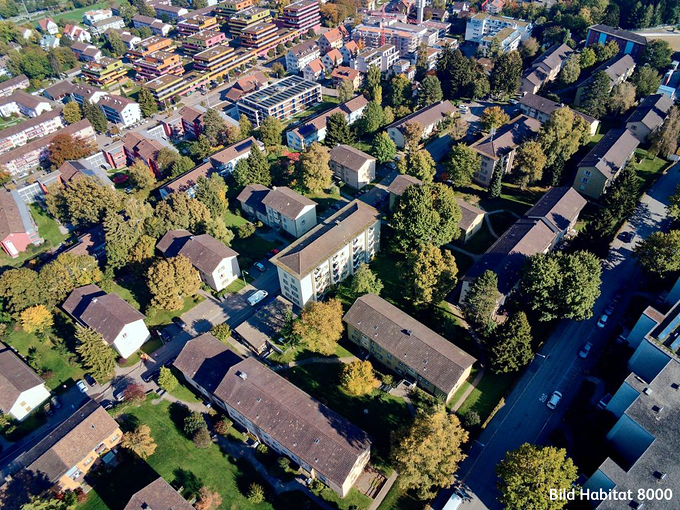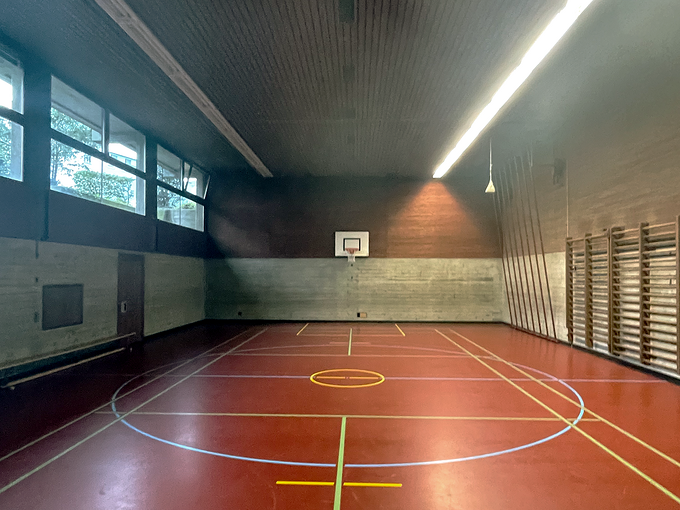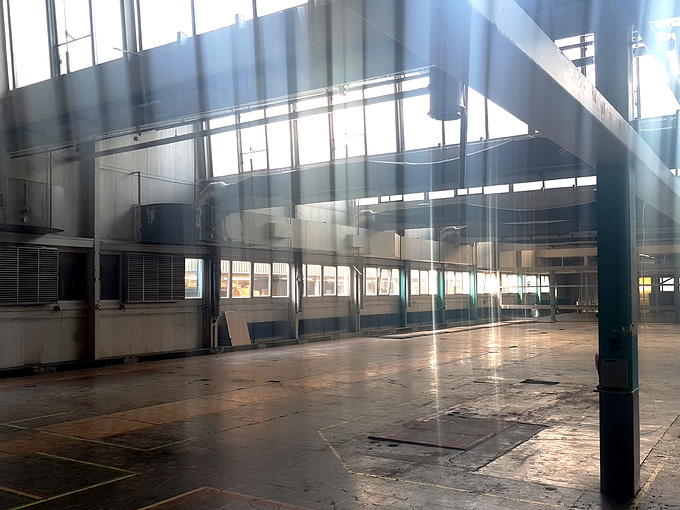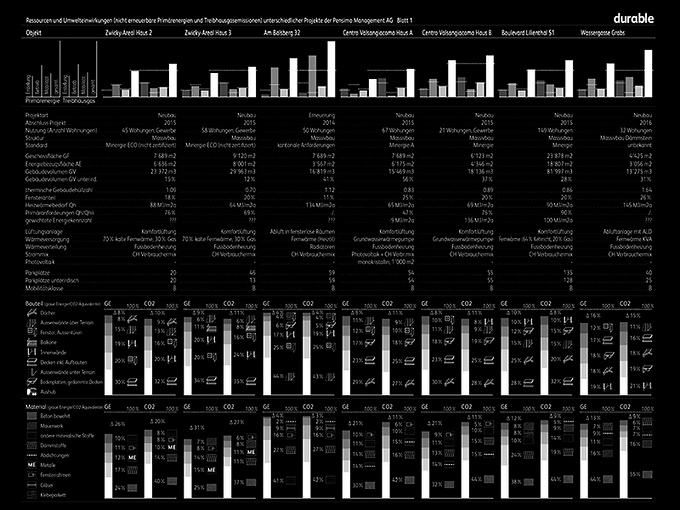The Swiss property sector generates the much-cited 40% of Switzerland's total CO2 emissions. The Agenda 2030 envisages complete decarbonisation at all levels by at least 2050. Various reduction paths have been developed with the goal of net zero. In the real estate sector, however, there is a topic that has not even begun to be resolved: the embodied greenhouse gas emissions.
The implementation of circular economy methods provides solutions by closing loops and extending utilisation cycles. Preserving existing buildings, i.e. continuing to use them, is proving to be the method with the greatest leverage.
The preservation of existing buildings must be decided at an early stage - preferably as early as the strategic phase - as the potential for the continued use of an existing building should already be analysed during the feasibility study phase.
As a rule, developers hope that new buildings will increase the utilisation of their properties and provide a range of services better tailored to the needs of the market than it is possible with the continued use of existing buildings. It is also often not clear in what condition the existing buildings are and what reserves they have for extensions, e.g. by adding storeys.
If the structural intervention is too great to equip an existing building for future tasks, the hoped-for goal of reducing embodied greenhouse gas emissions cannot be achieved. At the same time, the future lifespans of existing buildings and extensions should match.
These questions and challenges need to be clarified at an early stage, preferably before the project begins. Durable has many years of expertise in the areas of project development, CO2 life cycle assessment and allocations like competitions.

References

Life cycle assessments as part of the test planning for the Bergacker site
Since 2016, Habitat 8000 AG has been developing its Bergacker site in Zurich Affoltern with the aim of increasing density to maximise land use while offering as much affordable housing as possible. The existing complex, built in the 1950s, is structurally sound and popular with current residents but remains underutilised. Following a feasibility study in 2019 that focused on replacement, the preservation of the existing buildings was thoroughly reconsidered in 2022. Ultimately, Habitat 8000 opted for a new construction.
Durable supported the entire process with comparative environmental impact assessments of greenhouse gas emissions. A key finding from these assessments was that extending the existing structures offered rather minor potential savings in terms of embodied carbon emissions.

ReUse concept for the Kleinhüningen primary school
The Kleinhüningen Primary School, built in 1969, now accommodates 12 classes and 4 affiliated kindergartens, serving around 300 children, including a day-care structure. After five decades, the buildings are undergoing a complete renovation and redesign to meet the requirements of modern education. A design competition was held, and BRH architects, in collaboration with weberbuess architects, won the project.
Durable is advising the Canton of Basel-Stadt and the project team on all matters related to building preservation and material reuse. This renovation is part of a strategic initiative by the Canton of Basel-Stadt.

BFE Research Project: A Guide to Preserving Existing Buildings
In collaboration with the University of Applied Sciences and Arts Northwestern Switzerland (FHNW) and Wüest Partner, Durable is developing a 'Guide to Preserving Existing Buildings.' The aim of this guide is to provide property developers and public authorities with a structured framework for deciding whether to preserve an existing building, and if so, how to approach it—or, if not, to understand the reasons behind the decision. The content is based on extensive references from selection processes and case studies.
This guide is part of a research project under the BFE (Swiss Federal Office of Energy) program 'Buildings and Cities'. Project partners include: Amt für Hochbauten and Amt für Städtebau der Stadt Zürich, Bau- und Verkehrsdepartement des Kantons Basel-Stadt, Istituto di previdenza del Cantone Ticino, ECOREAL Anlagestiftung, Pensimo Management AG, Terresta Immobilien AG.
